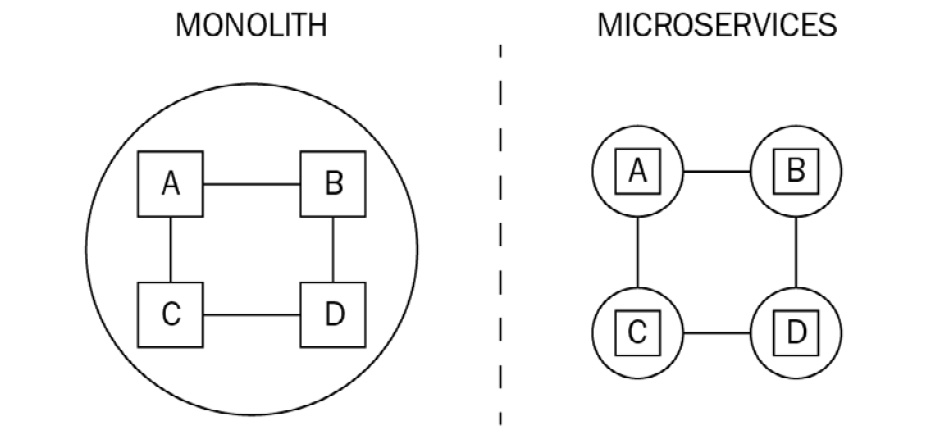Understanding cloud-native applications
The way applications are built and deployed has drastically changed in the past few years with the increased adoption of the internet. An unprecedented increase in demand for services (for example, streaming media, social networks, and online shopping) powered by software has raised expectations for those services to be readily available. In addition, this increase in demand has fueled the need for developers to be able to scale their applications quickly. Cloud providers, such as Microsoft, Google, and Amazon, offer infrastructure to run applications at the click of a button and at a fraction of the cost, and reduce the risk of deploying servers in traditional data centers. This enables developers to experiment more freely and reach a wider audience. Alongside this infrastructure, these cloud providers also offer managed services for databases, networking infrastructure, message queues, and many other services that, in the past, organizations would control internally.
One of the advantages these cloud-based providers offer is freeing up organizations to focus on the code that matters to their businesses. This replaces costly and time-consuming hardware implementations, or operating services they lack expertise in. To take full advantage of cloud platforms, developers started looking at how applications that were originally developed as monoliths could be re-architected to take advantage of cloud platforms. The following are challenges that could be encountered when deploying monoliths to a cloud provider:
- Scaling a monolith is traditionally done by increasing the number of resources available to the monolith, also known as vertical scaling. Vertically scaling applications can only go as far as the largest available resource offered by a cloud provider.
- Improving the reliability of a monolith means deploying multiple instances to handle multiple failures, thus avoiding downtime. This is also known as horizontal scaling. Depending on the size of the monolith, this could quickly ramp up costs. This can also be wasteful if not all components of the monolith need to be replicated.
The specific challenges of building applications on cloud platforms have led developers to increasingly adopt a service-oriented architecture, or microservice architecture, that organizes applications as loosely coupled services, each with limited scope. The following figure shows a monolith architecture on the left, where all the services in the application are tightly coupled and operate within the same boundary. In contrast, the microservices architecture on the right shows us that the services are loosely coupled, and each service operates independently:

Figure 1.1 – Monolith versus microservices architecture
Applications built using microservices architecture provide developers with the ability to scale only the components needed to handle the additional load, meaning horizontal scaling becomes a much more attractive option. As it often does, a new architecture comes with its own set of trade-offs and challenges. The following are some of the new challenges cloud-native architecture presents that did not exist in traditional monolithic systems:
- Latency introduced where none existed before, causing applications to fail in unexpected ways.
- Dependencies can and will fail, so applications must be built defensively to minimize cascading failures.
- Managing configuration and secrets across services is difficult.
- Service orchestration becomes complex.
With this change in architecture, the scope of each application is reduced significantly, making it easier to understand the needs of scaling each component. However, the increased number of independent services and added complexity also creates challenges for traditional operations (ops) teams, meaning organizations would also need to adapt.
























































